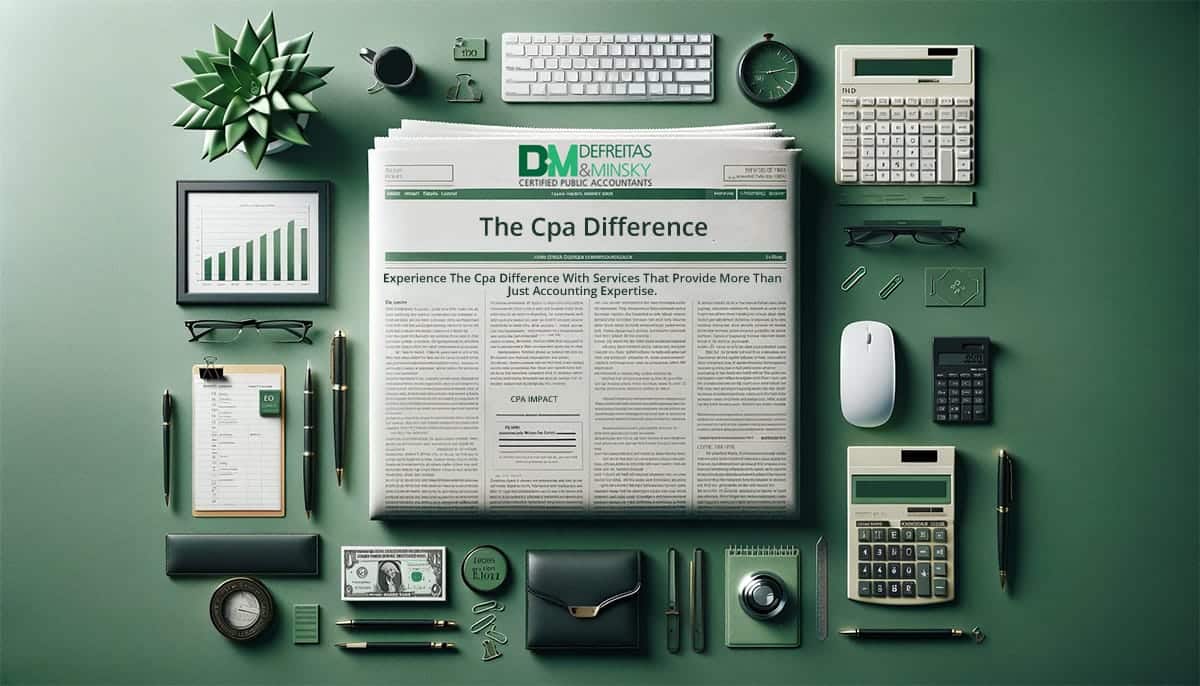Last week, we started digging a little deeper into the classes of mutual fund shares, trying to decipher the details that differentiate them from one another. To recap, we discussed mutual fund “A” shares, which have lower recurring fees (such as 12b-1s), but require an upfront cost, around 5% of the total investment. Now we’ll move onto mutual fund “B” shares.
Mutual Fund Shares B-class – Fees Later
When purchasing B shares, there’s no upfront fee, but there are different charges attached to them. One of the charges you’ll have to pay for B shares is a redemption fee. This is also called a contingent deferred sales charge (CDSC), and is required of investors to pay if they sell their shares within a specified time period.
Suppose you chose to invest your $10,000 in B shares instead. You’d get a full $10,000 worth of shares, but if you sell within one year, you’ll face a 5% CDSC. That CDSC will decline annually, and after six years it will be completely dissolved, but the fees don’t end here.
The 12b-1 fees on B shares are higher than on A shares. The maximum 12b-1 fee is 1% per year, which you would have to pay for the first six years that you owned your B shares. After the CDSC becomes void, your B shares become A shares, at which point your annual 12b-1 fee would decrease to around 0.25% annually.
This is when strategy plans a pretty critical role in your decision-making, because it a lot of it boils down to how long you plan on holding onto these mutual fund shares. If you are going to keep them for more than six years, at which point the CDSC disappears and the 12b-1 fee drops down to that of A shares, you actually wind up ahead. Because at that point, you have $10,000 in A shares, whereas if you’d started with A shares, you’d only have $9,500 worth.
Check back with us next week as we move into mutual fund “C” shares! If you have more questions about what mutual fund share class is right for you and your investments, please call us at (516) 746-6322 for help!







